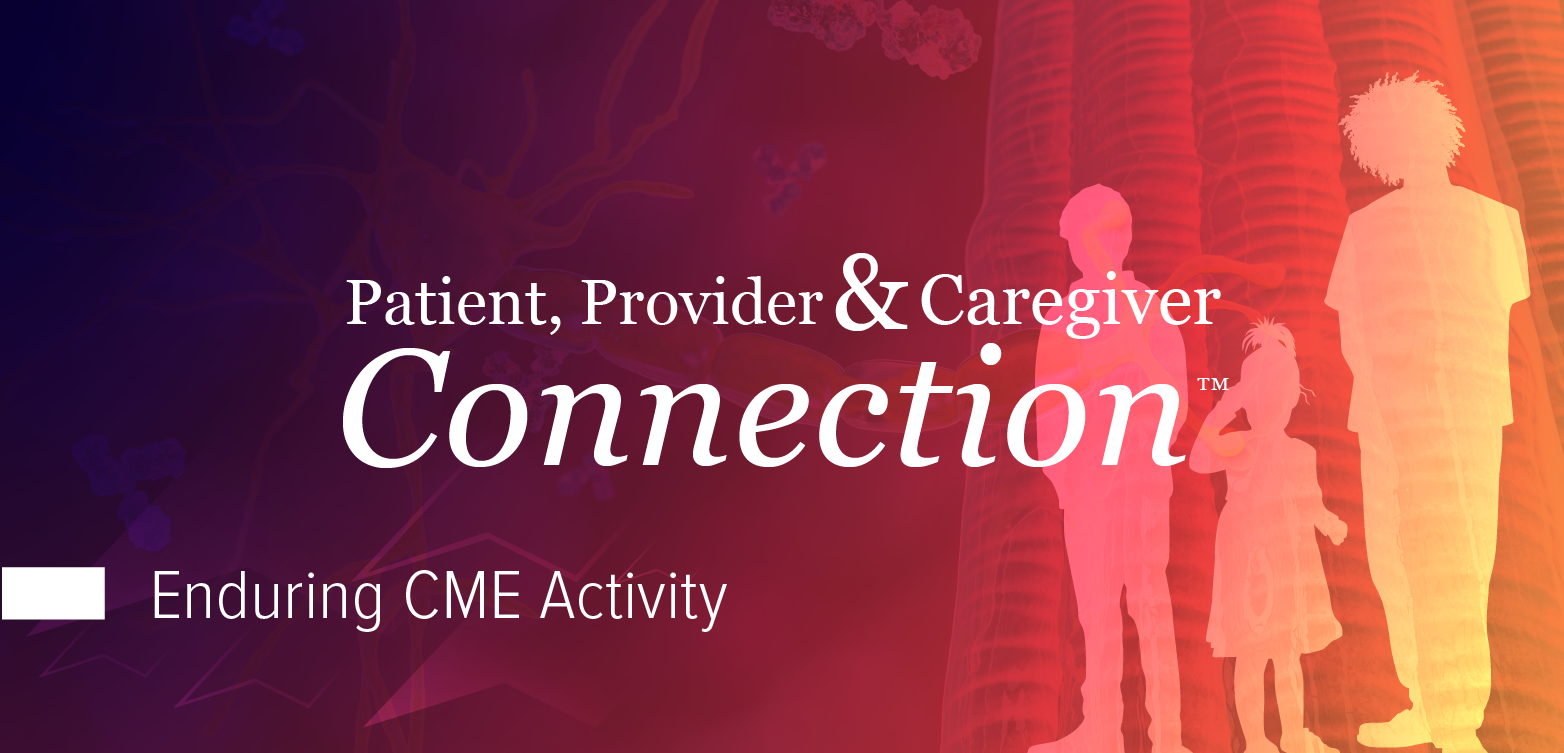
Aetna Joins UnitedHealthcare and Anthem in Authorizing PoNS Device Claims for Patients With MS
Key Takeaways
- Aetna joins Anthem and UnitedHealthcare in covering the PoNS device, enhancing access for MS patients.
- The PoNS device, approved in 2021, uses tongue-applied electrical impulses to improve gait in MS patients.
Helius Medical Technologies expands access to its PoNS device for patients with MS as Aetna joins major payers in coverage, enhancing treatment options.
Helius Medical Technologies recently announced Aetna as the latest healthcare payer to provide coverage costs for the company’s Portable Neuromodulation Stimulator (PoNS) device, a non-implantable, orally applied therapy used to improve balance and gait in patients with multiple sclerosis (MS). With the decision, it becomes the third major healthcare payers to agree to reimbursements, joining Anthem and UnitedHealthcare.1
The policy covers PoNS at an out-of-network negotiated price of $18,350, allowing patients with MS easier access to the innovative electrical stimulation modality. With this change, Aetna members may submit a claim for treatment, even if their clinician is not in Aetna’s network; however, their claim may not result in immediate sale and is dependent on the patient’s deductible and out-of-pocket costs.
"We are actively pursuing broader in-network coverage for PoNS at list price from major commercial payers, while continuing to negotiate reimbursement on a case-by-case basis. We expect to continue our efforts in expanding patient access and ensuring consistent reimbursement as we work to align commercial payments with the rates currently offered by the VA/DoD at $26,228," Dane Andreef, president and chief executive officer at Helius, said in a statement.1 "At the same time, we remain firmly committed to supporting individuals with MS who rely on Medicare for PoNS treatment and believe this, along with other 3rd party payer reimbursement decisions will benefit our continued efforts to secure fair and adequate reimbursement by CMS for the PoNS system."
READ MORE:
The PoNS system, primarily used at-home, delivers mild electrical impulses to the tongue as a means to treat gait deficit due to mild-to-moderate symptoms from MS. This approach, which incorporates a mouthpiece connected to a controller, is designed to be used as an adjunct to a supervised therapeutic exercise program in patients 22 years of age and over by prescription only.
During PoNSTEP, patients underwent 14 weeks of PoNS therapy, including 2 weeks of in-clinic rehabilitation, 12 weeks of at-home therapy (phase 2), and a 6-month post-treatment observation (phase 3). In phase 2, investigators reported a 71% adherence rate to the therapy, with results indicating that gait improvement was linearly associated with adherence (r = .345; P = .034). When pooling both phases, those with at least 85% adherence to the device improved a mean of 3.7 points (SD, 1.8) compared with mean improvements of 2.0 points (SD, 1.8) for those less than 85% adherence (P = .008).
REFERENCES
1. Helius Medical Technologies, Inc. Announces Authorized Claim for Payment by Major Healthcare Payer for its Portable Neuromodulation Stimulator (PoNS®) Device. News release. Helius Medical Technologies. June 11, 2025. Accessed June 17, 2025. https://www.globenewswire.com/news-release/2025/06/11/3097420/0/en/Helius-Medical-Technologies-Inc-Announces-Authorized-Claim-for-Payment-by-Major-Healthcare-Payer-for-its-Portable-Neuromodulation-Stimulator-PoNS-Device.html
2. Helius Medical, Inc receives US marketing authorization for the PoNS device. News release. Helius Medical Technologies. March 29, 2021. Accessed March 29, 2021. https://www.globenewswire.com/en/news-release/2021/03/29/2200575/0/en/Helius-Medical-Inc-Receives-U-S-Marketing-Authorization-for-the-PoNS-Device.html
3. Leonard G, Lapierre Y, Chen JK, et al. Noninvasive tongue stimulation combined with intensive cognitive and physical rehabilitation induces neuroplastic changes in patients with multiple sclerosis: A multimodal neuroimaging study. Mult Scler J Exp Transl Clin. Published online February 1, 2017. doi: 10.1177/2055217317690561
4. Helius Medical Technologies, Inc. Announces First Clinical Evidence of Positive Long-term Therapeutic Effects of PoNS Therapy® on Gait Deficit Improvement in Multiple Sclerosis from the PoNS® Therapeutic Experience Program Study. News release. Helius Medical Technologies. January 22, 2025. Accessed June 17, 2025. http://globenewswire.com/news-release/2025/01/22/3013331/0/en/Helius-Medical-Technologies-Inc-Announces-First-Clinical-Evidence-of-Positive-Long-term-Therapeutic-Effects-of-PoNS-Therapy-on-Gait-Deficit-Improvement-in-Multiple-Sclerosis-from-t.html
Newsletter
Keep your finger on the pulse of neurology—subscribe to NeurologyLive for expert interviews, new data, and breakthrough treatment updates.



































